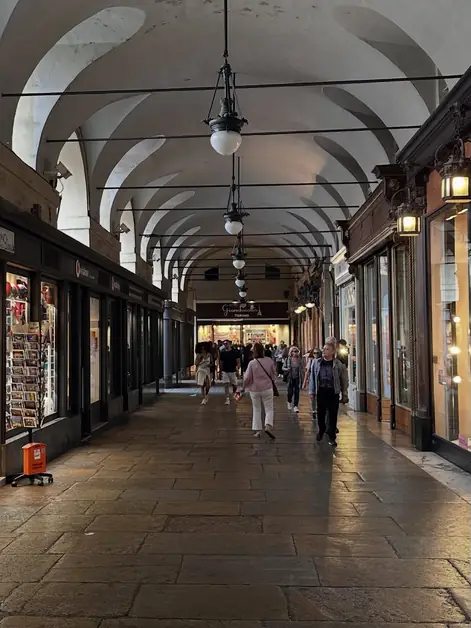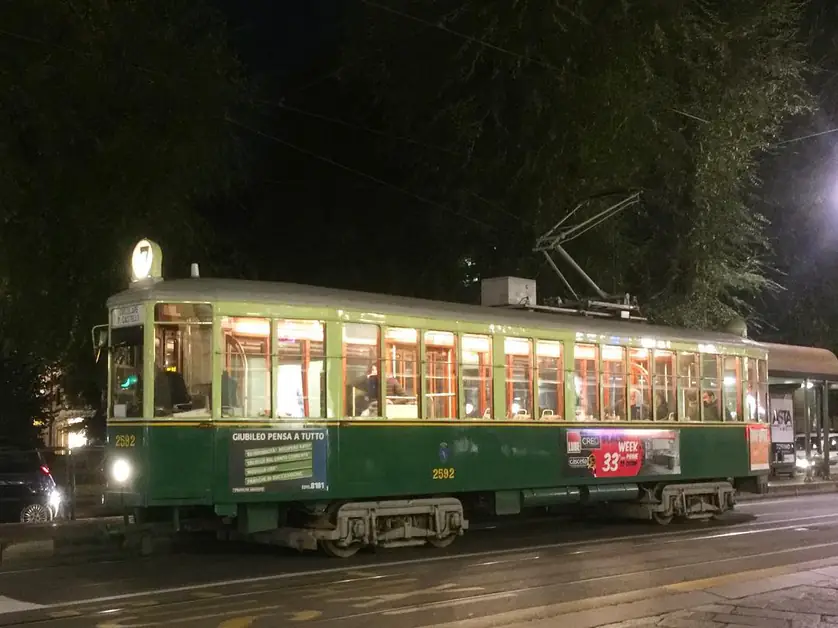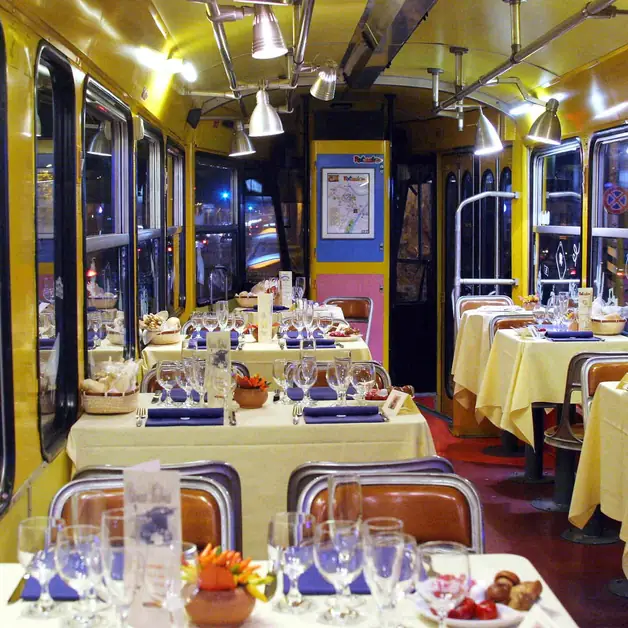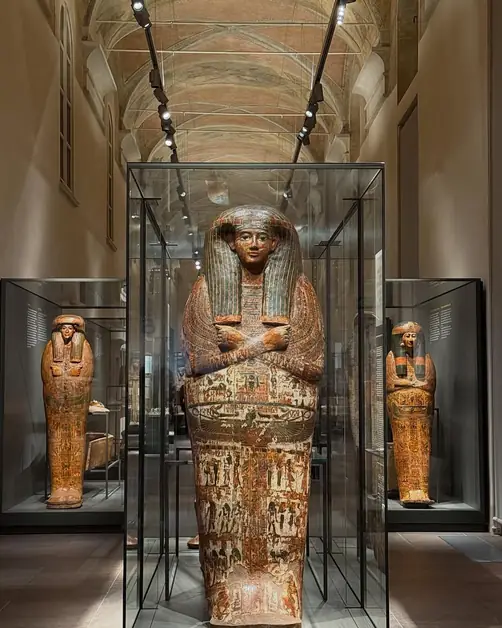The Royal Museums of Turin a journey through art and history
The Royal Museums of Turin offer a unique experience between art and history.
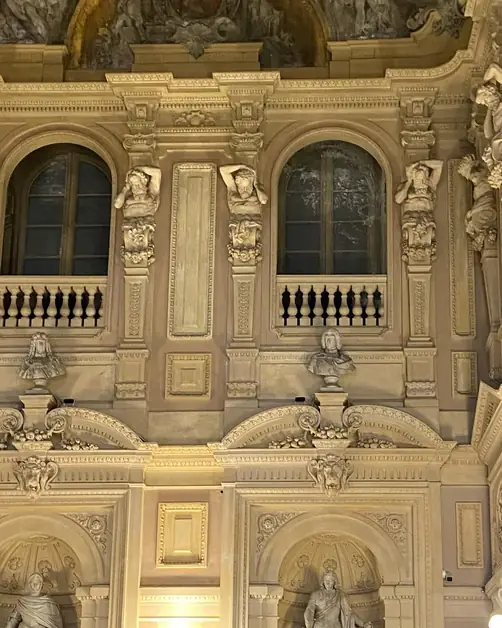
What are the Royal Museums of Turin?
The Royal Museums of Turin are one of the largest and most significant museum complexes in Europe. Located in the heart of Turin's historic center, they represent a journey through centuries of history, art, and culture. The complex extends over 3 kilometers of museum pathways, with 30,000 square meters of exhibition space and 7 hectares of gardens. Visiting the Royal Museums means discovering the history of the Savoy and admiring works that range from Prehistory to modern times.
For tourists, the Royal Museums of Turin are a must-visit. They offer a complete experience that combines architecture, art, nature, and history. In one place, visitors can admire internationally significant collections, majestic palaces, and gardens that tell four centuries of court life.
Where are the Royal Museums of Turin located?
The Royal Museums are located in the heart of ancient Turin, between Piazza Castello and Via XX Settembre. This central location makes them easily reachable on foot from many tourist attractions, such as the Cathedral of Turin and the Chapel of the Shroud. The main entrance is next to the Royal Palace, a symbol of the power and elegance of the Savoy.
For those arriving by train, the Royal Museums are about a 15-minute walk from Porta Nuova station and 10 minutes from Porta Susa station. Nearby, there are also bus and tram stops, making the visit convenient for those using public transport.
When were the Royal Museums of Turin established?
The history of the Royal Museums begins in 1563 when Emanuele Filiberto of Savoy decided to move the capital of the Duchy from Chambéry to Turin. This choice marks the beginning of a significant urban and cultural transformation. The duke wanted to make Turin a modern and prestigious capital, worthy of representing Savoy power.
From that moment on, palaces, churches, and royal gardens were built and expanded. The artistic and scientific collections of the Savoy family began to grow, forming the original nucleus of the Royal Museums. Over the centuries, the royal residence was enriched with new works, furnishings, and spaces until it became the imposing complex that we can visit today.
Who are the Savoy and what role did they play in the history of the Royal Museums of Turin?
The Savoy family is one of the oldest and most prestigious dynasties in Europe. They ruled for centuries over vast territories, becoming key players in the unification of Italy in the 19th century. The Savoy lived in the Royal Palace until 1946, when Italy became a republic and the palace was transferred to the State.
During their long reign, the Savoy collected works of art, weapons, books, and precious objects from all over Europe. Their passions for art and knowledge gave rise to extraordinary collections, now preserved in the Royal Museums. Each room tells their story, their political alliances, and their refined tastes.
What places are part of the Royal Museums of Turin?
Since 2014, the Royal Museums have united six historic places into one large complex: the Royal Palace, the Royal Armory, the Royal Library, the Sabauda Gallery, the Museum of Antiquities, and the Royal Gardens. Each of these spaces has a different identity and function.
The Royal Palace is the heart of the complex. Here, visitors can admire the representative rooms, original furnishings, and baroque decorations that testify to court life.
The Royal Armory is one of the richest collections of arms and armor in Europe. It displays unique pieces, from medieval tournaments to firearms from later centuries.
The Royal Library houses over 200,000 volumes, including drawings by Leonardo da Vinci, such as the famous Self-Portrait.
The Sabauda Gallery showcases masterpieces of Italian, Flemish, and Dutch painting, with works by artists like Rembrandt, Veronese, and Van Dyck.
The Museum of Antiquities preserves archaeological finds that tell the story of Piedmont and ancient Egypt.
Finally, the Royal Gardens offer a pleasant green break in the heart of the city, with paths, fountains, and centuries-old trees.
What can you see in the Royal Palace of Turin?
The Royal Palace is a marvel of baroque architecture and tells centuries of court life. The interior rooms are decorated with frescoes, gilded stuccos, and period furniture. Among the most beautiful are the Throne Room, the Council Room, and the Royal Chapel.
A part of the palace is dedicated to the royal apartments, where visitors can admire the private rooms of the sovereigns, still furnished as they were in the past. Every detail, from the chandeliers to the drapes, is designed to showcase the luxury and refinement of the Savoy court.
Why visit the Royal Armory of Turin?
The Royal Armory of Turin is considered one of the most important in the world. Its collections include edged weapons, armor, helmets, and firearms from all over Europe. The displayed objects are not only instruments of war but also works of art. Many pieces are finely decorated with engravings, gilding, and heraldic motifs.
The visit to the Armory is fascinating even for children, who can imagine knights, battles, and tournaments. The arrangement of the rooms is scenic and engaging, with knights on horseback and armor displayed spectacularly.
What works can be found in the Sabauda Gallery of Turin?
The Sabauda Gallery is a true treasure trove of art. Its collections include masterpieces of Italian painting from the 15th to the 18th centuries and important Flemish and Dutch works. Among the most famous paintings are the Madonna and Child by Fra Angelico, Christ Blessing by Hans Memling, and Landscape with Ruins by Jan Brueghel.
The Gallery is perfect for art lovers and those who wish to discover the evolution of European art. The rooms are bright and orderly, and the experience is enriched by clear informational panels and thematic paths.
What does the Royal Library of Turin hold?
The Royal Library is a magical place for those who love books, history, and science. Among its most precious treasures are the drawings of Leonardo da Vinci, including the famous Self-Portrait and studies of anatomy and engineering. The collection also includes maps, manuscripts, and ancient printed editions.
For tourists, it is possible to visit some rooms and participate in temporary exhibitions showcasing the rarest documents. It is an experience that combines art and knowledge, perfect for those who wish to understand Italy's cultural heritage.
What makes the Royal Gardens of Turin special?
The Royal Gardens offer a relaxing break after visiting the museums. They are designed as a large baroque park, with tree-lined avenues, fountains, and statues. In the spring and summer months, they become an ideal place to stroll and admire the view of the Royal Palace.
The gardens are freely accessible and also host cultural events and outdoor exhibitions. It is a perfect way to conclude a visit to the Royal Museums, immersed in greenery and the history of Turin.
